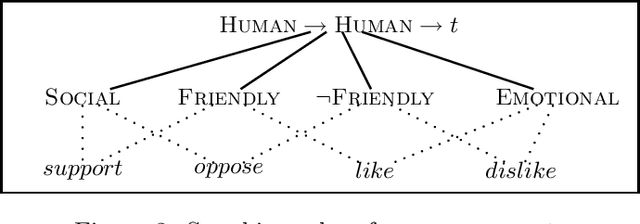Computing Parallelism in Discourse
Paper and Code
May 01, 1997



Although much has been said about parallelism in discourse, a formal, computational theory of parallelism structure is still outstanding. In this paper, we present a theory which given two parallel utterances predicts which are the parallel elements. The theory consists of a sorted, higher-order abductive calculus and we show that it reconciles the insights of discourse theories of parallelism with those of Higher-Order Unification approaches to discourse semantics, thereby providing a natural framework in which to capture the effect of parallelism on discourse semantics.
* Proceedings of IJCAI'97 * 6 pages
 Add to Chrome
Add to Chrome Add to Firefox
Add to Firefox Add to Edge
Add to Edge